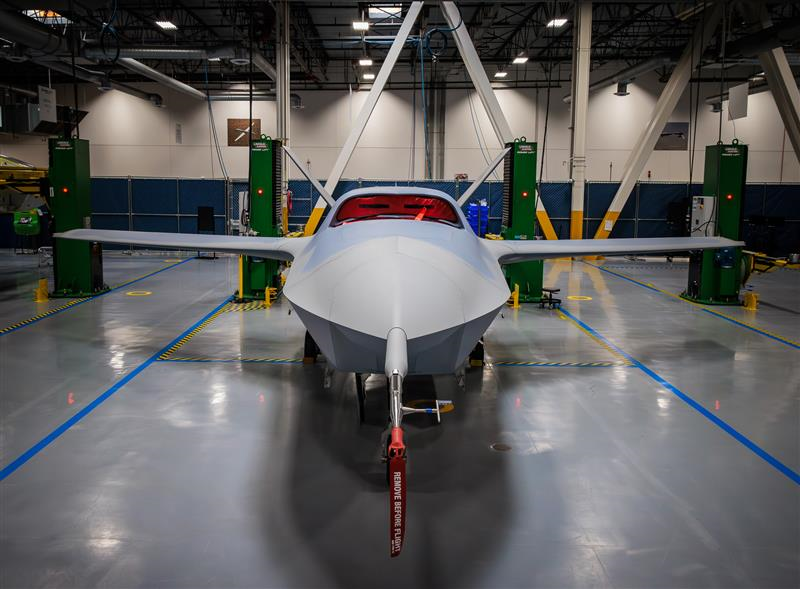The Drone Age is Here: How Autonomous Aircraft Will Reshape Our Skies and Industries
2025-06-23

Popular Science
- Revolutionizing the Skies: Autonomous aircraft are rapidly advancing, promising to transform transportation, surveillance, and countless other sectors. This article explores the potential impact of this technology, with a spotlight on General Atomics' pioneering role.
- Beyond Remote Control: Forget the limitations of traditional drones. We're entering an era of truly autonomous flight, where aircraft can navigate, make decisions, and operate with minimal human intervention.
- General Atomics: A Driving Force: Discover how General Atomics is pushing the boundaries of aerospace innovation, developing cutting-edge autonomous platforms that are setting new standards for performance and reliability.
- Applications Across Industries: From package delivery and infrastructure inspection to search and rescue and defense, autonomous aircraft are poised to revolutionize a wide range of industries.
- Challenges and Opportunities: We examine the regulatory hurdles, safety concerns, and ethical considerations surrounding the widespread adoption of autonomous aircraft, while also highlighting the immense opportunities they present.






